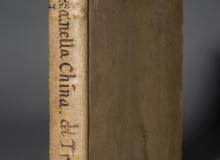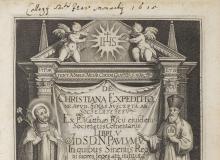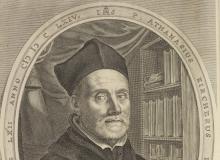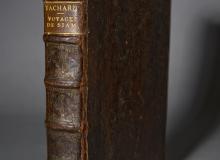Jesuit missionaries undertaking astronomical observations in front of the King of Siam (from Guy Tachard, Voyage de Siam, Paris, 1686).
Jesuit engagement with Asia resulted in vibrant cross-cultural exchange, including in the fields of science.



